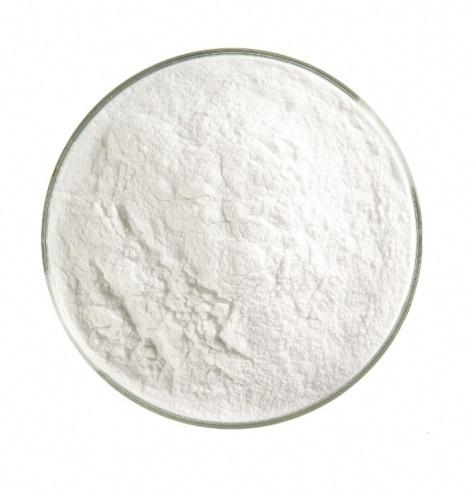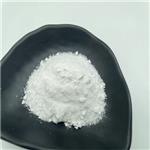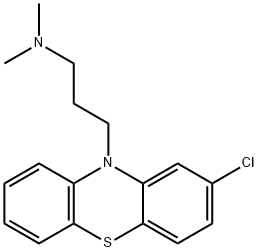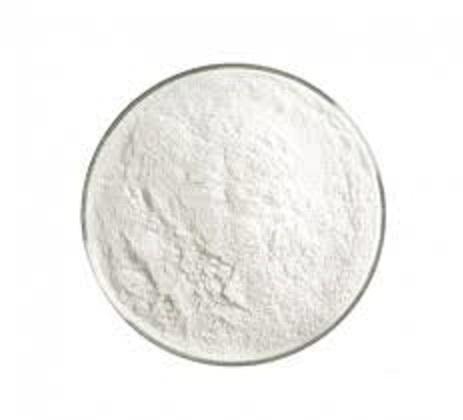Uses of Chlorpromazine
Chlorpromazine is a first-generation (‘typical’) antipsychotic approved by the US Food and Drug Administration (FDA) in 1957. First-generation antipsychotics were the most commonly used class of medications for the treatment of schizophrenia until the 1990s, when second-generation (‘atypical’) antipsychotics (e.g., olanzapine, quetiapine, risperidone) gained popularity due to their decreased risk for extrapyramidal adverse reactions. Structurally, chlorpromazine is classified as a phenothiazine, along with fluphenazine, prochlorperazine, promethazine, and thioridazine. Toxicity due to chlorpromazine presents similarly to, but less severely than, that due to tricyclic antidepressants (TCA).

Uses
Chlorpromazine is approved by FDA for use in humans for the management of psychotic disorders (i.e., control of mania, treatment of schizophrenia); control of nausea and vomiting; relief of apprehension before surgery; acute intermittent porphyria; adjunctive treatment of tetanus; intractable hiccups; combativeness or explosive hyperexcitable behavior in children aged 1–12 years; and short-term treatment of hyperactivity in children with symptoms of impulsivity, difficulty sustaining attention, aggressiveness, mood lability, and poor frustration tolerance. Chlorpromazine is commonly used off-label for treatment of behavioral symptoms associated with dementia in the elderly and psychosis and agitation related to Alzheimer’s dementia; however, it carries a boxed warning regarding increased risk of death in patients with dementia-related psychosis. Chlorpromazine is also used off-label for managing agitation in terminal cancer patients, autonomic dysreflexia, cancer pain, adjunctive treatment of cholera, migraine headaches, opioid withdrawal, ocular pain, paralytic ileus, and phantom limb syndrome.
In veterinary medicine, the use of chlorpromazine has been largely replaced by the phenothiazine acepromazine due to its more favorable pharmacokinetic profile. Chlorpromazine may be used as an antiemetic for small animals or for preoperative sedation. Chlorpromazine may also be used for management of hypertension in dogs and cats.
Environmental Fate
Chlorpromazine exists as both a vapor and particulate at ambient atmospheric conditions. Chlorpromazine vapor is degraded by photochemically produced hydroxyl radicals with an estimated half-life of 1.6 h. Chlorpromazine particulate is removed by wet or dry deposition. Chlorpromazine is likely to be immobile in soil (Koc 9900, pKa 9.3) and to adsorb to sediment if released into water. It is not expected to volatilize from soil or water. There is high potential for bioconcentration.
Mechanism of toxicity
Acute and chronic toxicity due to chlorpromazine generally manifests as an extension of normal pharmacological activity. The precise mechanism of action of chlorpromazine, and other phenothiazines, is unknown; however, it is thought to primarily involve antagonism of dopaminergic (D2) neurotransmission at synaptic sites and blockade of postsynaptic dopamine receptor sites at the subcortical levels of the reticular formation, limbic system, and hypothalamus. This activity contributes to chlorpromazine’s extrapyramidal reactions. Chlorpromazine also has strong central and peripheral activity directed against adrenergic receptors and weak activity against serotonergic, histaminic (H1), and muscarinic receptors.
Chlorpromazine
has slight ganglionic blocking action. Chlorpromazine is
known to depress vasomotor reflexes medicated by the hypothalamus
and/or brain stem; inhibit release of growth hormone;
antagonize secretion of prolactin release-inhibiting hormone;
and reduce secretion of corticotropin-regulatory hormone.
Chlorpromazine also has direct effects on cardiac myocytes;
it can induce early after-depolarizations, block depolarizing
sodium channels, and cause significant prolongation of the
QTc interval.
Chlorpromazine may be irritating to eyes, mucous
membranes, and skin. Contact and inhalation should be
avoided.
You may like
Lastest Price from Chlorpromazine manufacturers

US $66.00/kg2024-01-19
- CAS:
- 50-53-3
- Min. Order:
- 1kg
- Purity:
- 99%
- Supply Ability:
- 5000


